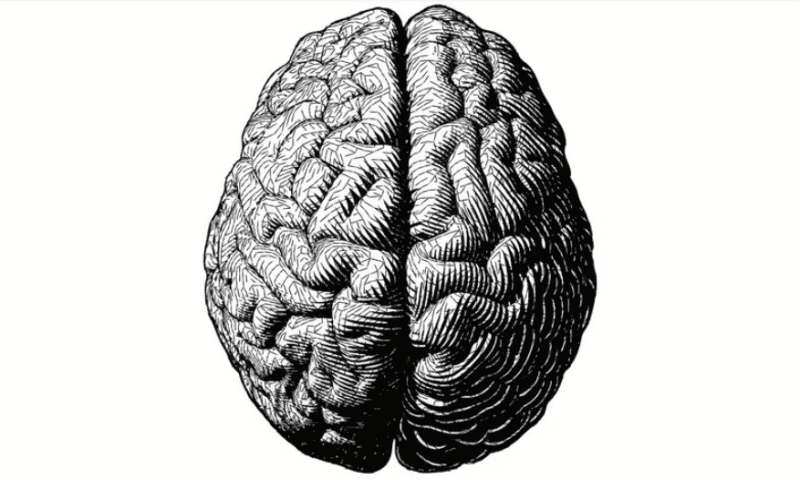Traumatic brain injuries (TBIs) are not only one of the most common causes of disability in the U.S. but are also a major risk factor for neurodegenerative diseases like dementia, Alzheimer’s and amyotrophic lateral sclerosis (ALS). Some analyses suggest that as many as 15% of all dementia cases can be linked back to TBIs.
Researchers have wondered whether there might be a way to curb the risk of post-TBI neurodegeneration. Now, they’re closer to finding out: New organoid and mouse data from scientists at the University of Southern California (USC) suggest that inhibiting a gene called KCNJ2 can protect brain cells from changes caused by a TBI. The finding has the potential to inform new therapies that could prevent long-term damage after a head injury or even before.
“Targeting KCNJ2 may reduce the death of nerve cells after TBI,” Justin Ichida, Ph.D., co-corresponding author of the study, said in a press release.
“This could have potential as either a post-injury treatment or as a prophylactic for athletes and others at high risk for TBI,” added Ichida, who is also the co-founder of AcuraStem and Modulo Bio and an employee of BioMarin, although none of these companies were involved in the new study.
TBIs are called “traumatic” for a reason: They can break the skull, rupture cerebral blood vessels and shred or tear neurons in the white matter, a condition called a “diffuse axonal injury” that may also flood the brain with damage-perpetuating chemicals. But while the link between these mechanisms and acute damage is well established, it’s less clear how they lead to long-term consequences like neurodegeneration.
To try to illuminate this, the USC team designed a tool that blasts brain organoids with high-intensity ultrasound waves and injures them in a way that’s similar to a TBI. By using organoids grown from stem cells taken from patients with neurodegenerative disease, they could systematically analyze the chemical signatures of pathologies that emerge over time to figure out what might be contributing to the disease’s etiology.
In addition to seeing already-known changes involving the protein tau—a hallmark (PDF) of Alzheimer’s disease—the researchers also found that the dysfunction of another protein, TDP-43, kills off neurons soon after the injury. Organoids grown from the cells of patients with ALS or frontotemporal dementia had greater levels of TDP-43 dysfunction than those derived from healthy controls, suggesting the protein is a key player in the mechanisms that lead to long-term damage.
The researchers then looked at how gene expression changed during injury to see whether they could find a potential therapeutic target. A CRISPR-based genomewide screening technique revealed the KCNJ2 gene regulates processes that lead to cell death after a TBI. When the researchers knocked down the gene in brain organoids grown from the cells of people with and without ALS then injured them using a high-intensity ultrasound, they found that the cells were protected from TDP-43 dysfunction and were more likely to survive.
The team’s cell findings bore out in mouse models. Mice that received a chemical to inhibit KCNJ2 expression before sustaining a brain injury had lower levels of dysfunctional TDP-43 protein in their brains than did those that weren’t treated. They also had better recovery of motor function following injury, though this did not reach statistical significance in all dimensions.
Still, “collectively, these data suggest that inhibition of KCNJ2 can effectively reduce the acute TDP-43 injury and degenerative responses following TBI in vitro and in vivo,” the researchers wrote in the paper.
Going forward, the team plans to conduct future studies looking at the safety and tolerability of KCNJ2 suppression, Ichida told Fierce Biotech Research via email. They will also illuminate the mechanism that explains how inhibiting the gene prevents pathology related to TDP-43 and look into whether the findings apply to “milder repetitive type injuries,” he said.

